Healthy hair is one of the classical hallmarks of human beauty. Men and women invest their hard-earned money into hair growth and hair health products on a weekly basis in the hopes of achieving (eternal) youth. Unfortunately, hair quality tends to go down as you and I age.
Hair growth and health are more than a merely physical phenomenon. For instance, "alopecia" - the medical term for hair loss - is one of the most frequent fears of both men and women (1; 2; 3). In fact, some sources even describe hair loss as the "most common fear" for both sexes. That conclusion isn't weird because maintaining youthful looks became an aesthetical ideal since the early 20th century.
For that reason, I get frequently asked "does an infrared sauna help hair growth" or the opposite, whether saunas cause hair loss. I've therefore created a blog post on that very topic.
Below I not only explain how infrared saunas are the most gentle to your hair among all saunas but also how they can improve your hair health massively! I also briefly tell you why red light therapy can make your hair even more amazing.
How Stimulating Blood Flow May Promote Hair Growth Through Infrared Saunas
Even though hair loss and hair growth and loss are not 100% understood from a scientific perspective, there are indications that reduced blood flow may lay at the basis of at least some types of hair loss (4; 5; 6). Male hair loss is most frequently typified by reduced blood flow, to be precise, and is also generally better understood from a scientific perspective than the female variant (7; 8; 9).
However, it's not only blood flow that matters for hair growth and loss though - a combination of hormonal changes or disturbances, genetics, inflammation, and ageing are all important factors in hair health. Your overall health matters a lot too.
So whether improving blood flow counteracts hair loss and promotes hair growth in your situation cannot be known upfront. Nevertheless, there is a link between sauna use and increases in blood flow. In fact, several studies directly link sauna use to blood flow improvements. Let's consider these studies one by one:
With sauna use, first of all, blood flow through the skin greatly increases. The goal of that blood flow increase is to lower your body temperature (10).
To be more precise, after your body is getting very hot and starts sweating, blood pressure decreases while your heart rate increases. Blood is steered away from your organs while blood flow to the skin increases. Your hair is located directly inside several layers of your skin, and blood flow increases can thus theoretically counteract hair loss if a decrease in blood flow is one of the causes.
Other studies confirm this outcome and also show that the blood flow changes extend to the forehead - a common place for hair loss (11).
Saunas also cause changes in "nitric oxide" metabolism - nitric oxide is a connection between nitrogen and oxygen (12). Nitric oxide plays a major role in blood flow in general, and blood flow to your brain specifically (13; 14). Hence, through the mechanism of nitric oxide sauna use may improve hair growth and prevent hair loss in some.
I do have to warn you that this connection is largely speculative at this point though: no high-quality studies exist directly studying the link between hair growth and infrared sauna use. I.e., more research is needed to confirm or deny the infrared sauna hair growth link, although it's scientifically plausible.
And yet, there is hope though - it's not only infrared saunas that may promote hair growth. Since recently, there's a modality called "red light therapy" that can improve the effectiveness of your sauna sessions:
Red Light Therapy: Near-Infrared Light And Hair Growth
Nowadays, Clearlight International Infrared Saunas® offers what is called "red light therapy". In fact, our Clearlight® Light Therapy Tower is the only red light therapy device that is marketed to be used directly inside an infrared sauna - our engineering design made that use possible.
But let's take a step back and explain what red light therapy fundamentally is:
Red light therapy uses parts of the red light and infrared light spectrum to affect your body's biology. That red and infrared light is non-heating in this case, contrary to using an infrared sauna.
In the past, red light therapy was mostly available through expensive. lasers. In the last decade, however, the same means can be accomplished through the much more affordable LED lights.
But you might think: "why use red light therapy?" The answer is simple:
There's good evidence available showing that red light therapy can promote hair growth and potentially reverse hair loss (15; 16; 17; 18).
Red light specifically - that is visible to your naked eye - is very helpful to accomplish this goal.
(Remember from high-school physics that your visual system cannot see infrared light. You can only see the colours of the rainbow.)
And the best part? No side effects occur in these red light therapy hair health studies so the treatment is very safe.
The results?
With red light therapy, participants' number of hairs increased by almost 40% and hair growth by 35% during a treatment period of 16 weeks. The best thing about this treatment is that it works for both men and women!
What's more, in many cases of hair loss hair patterns are fully restored after a longer treatment period. Hair thickness and density also improved, so there's a huge overall effect of red light therapy on hair health.
Several different biological mechanisms may explain these very promising results, such as increases in metabolism due to red light therapy, enhanced blood flow, and the promotion of "fibroblasts", which improve the amount of collagen in your body. Collagen and hair quality are closely related in the human body.
Conclusion? Combining red light therapy and infrared saunas probably leads to the best outcome in this case.
But let's go back to the topic of the infrared saunas and hair growth & health. I'll consider one question I frequently get though:


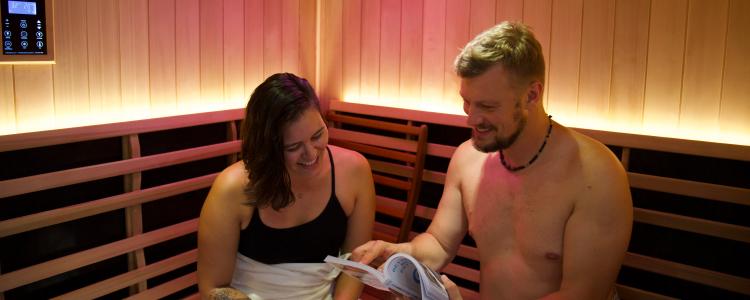
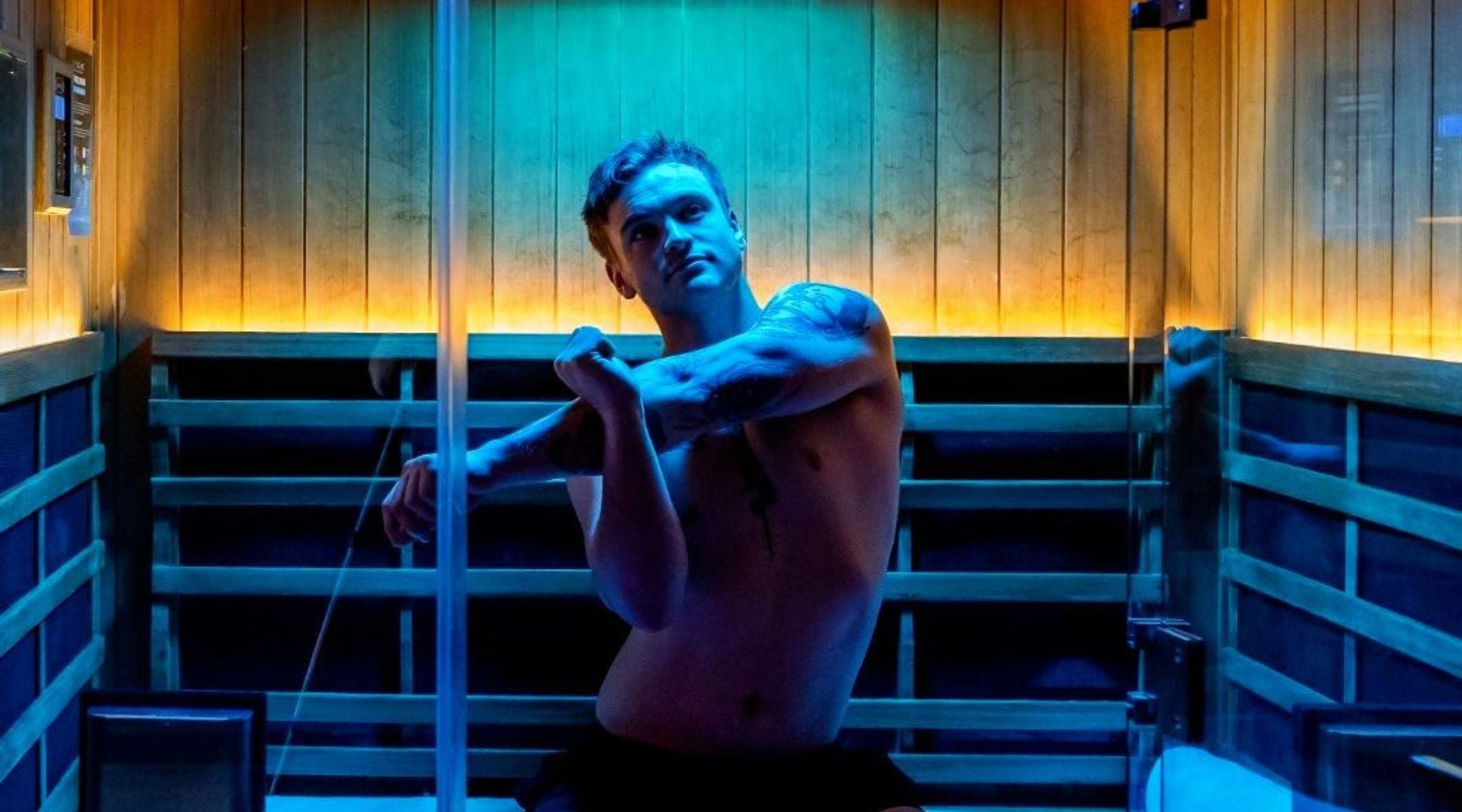
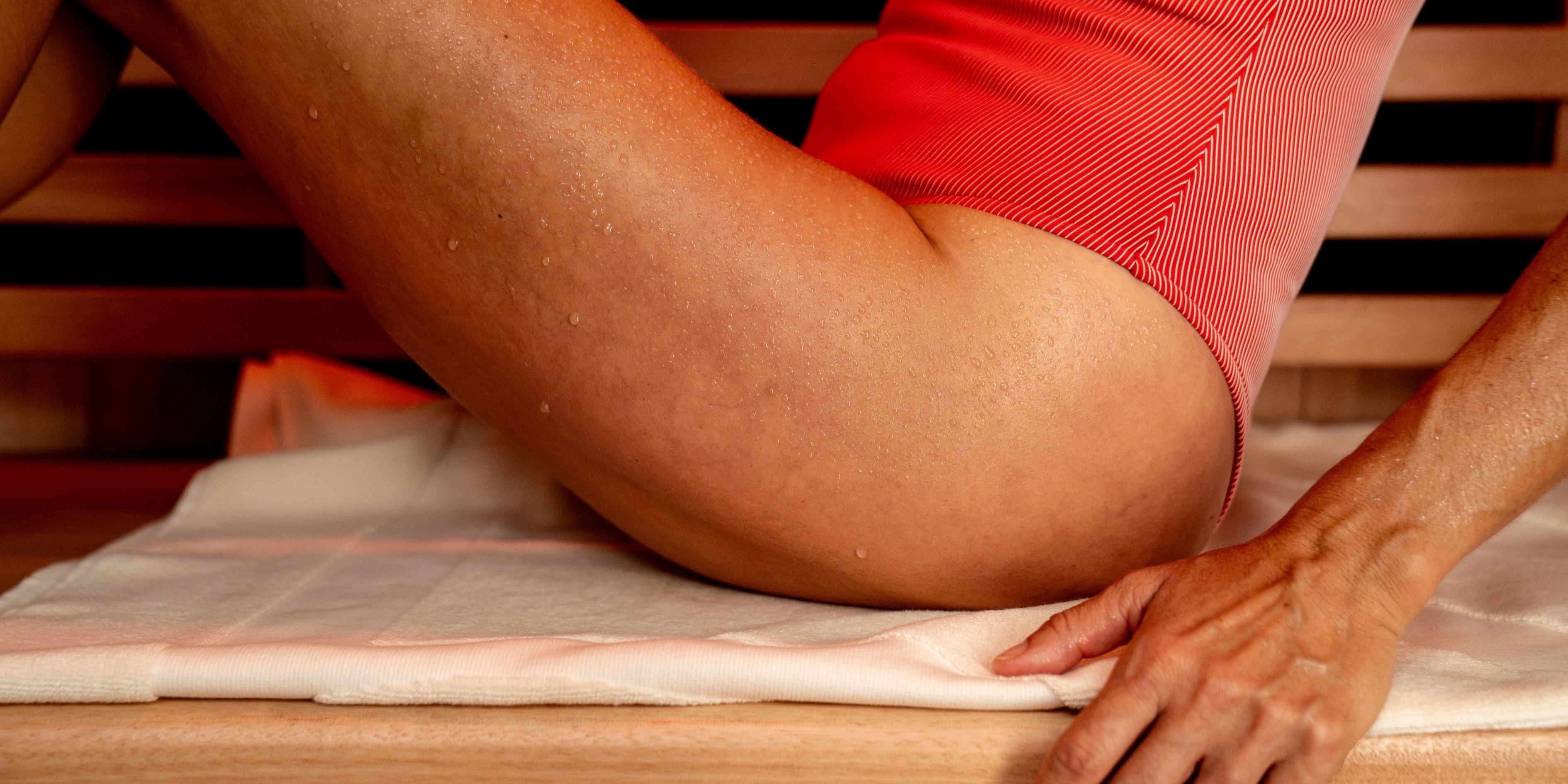
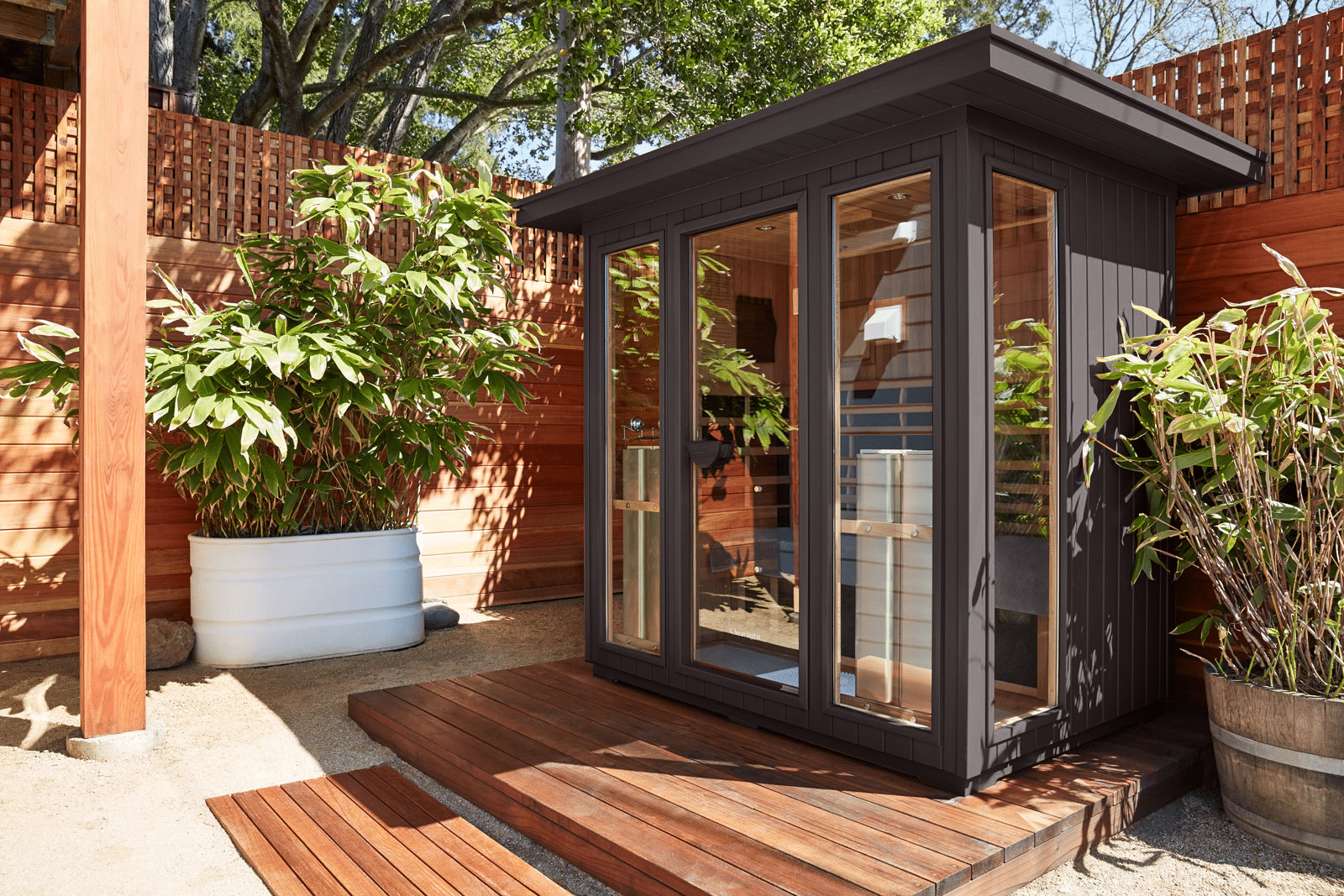

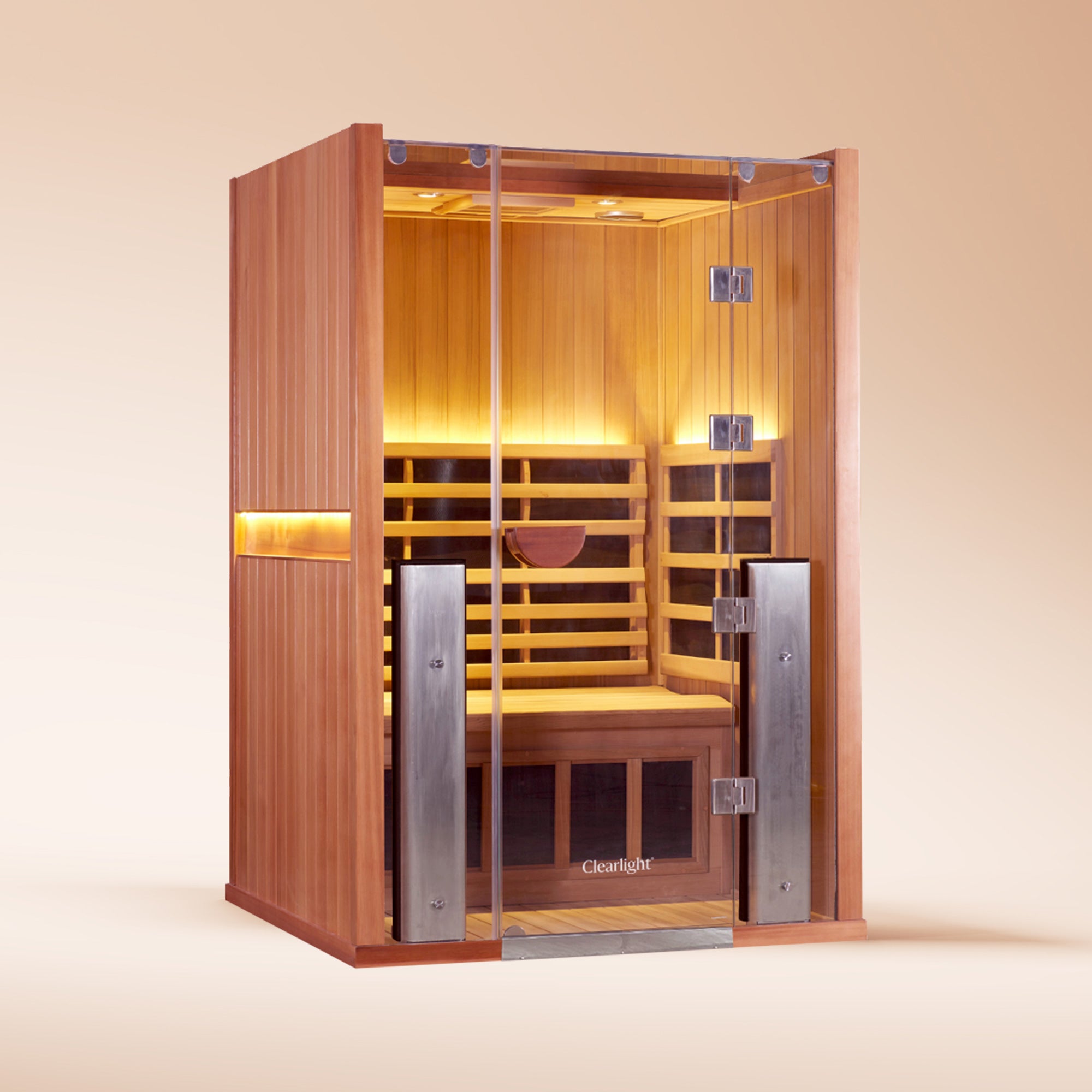
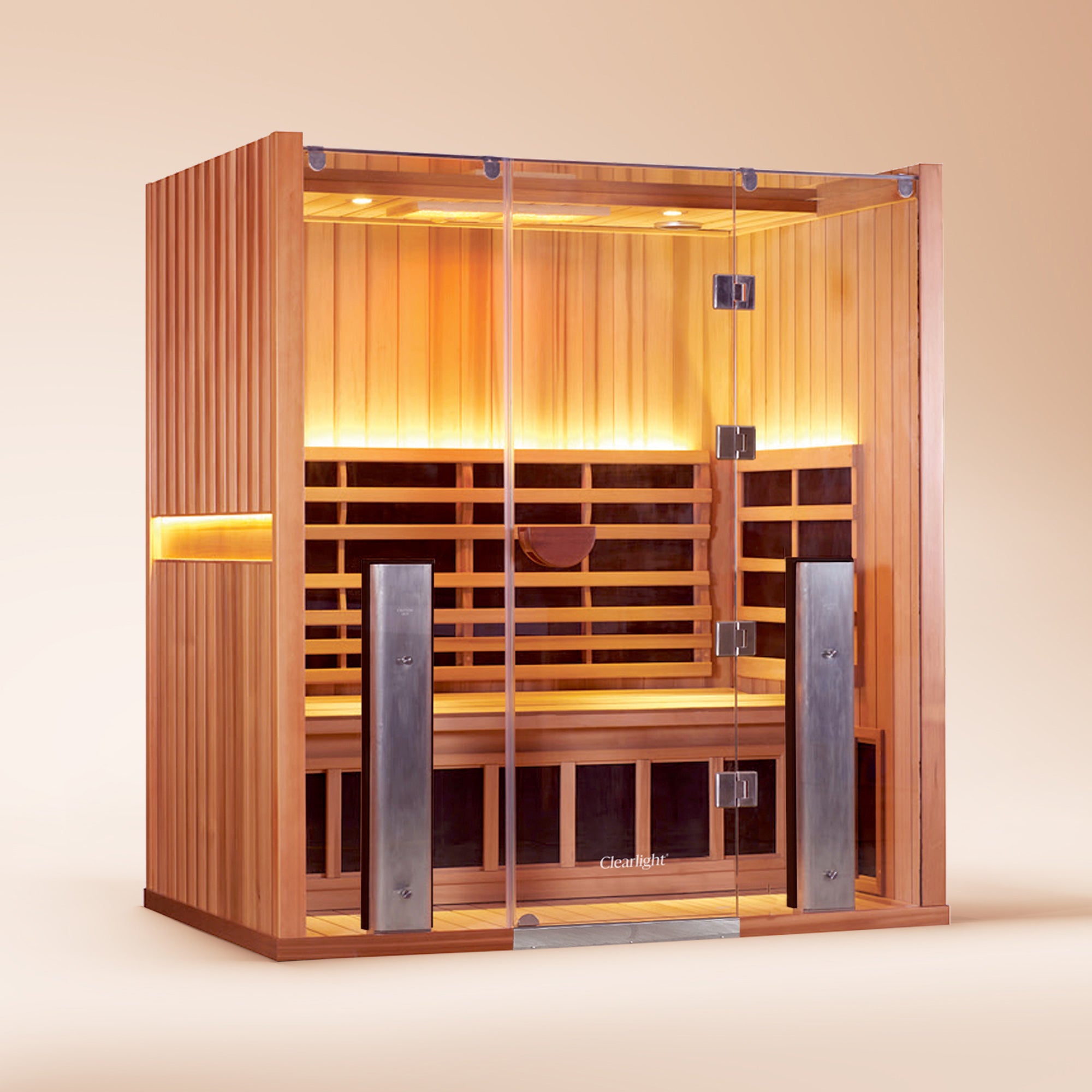
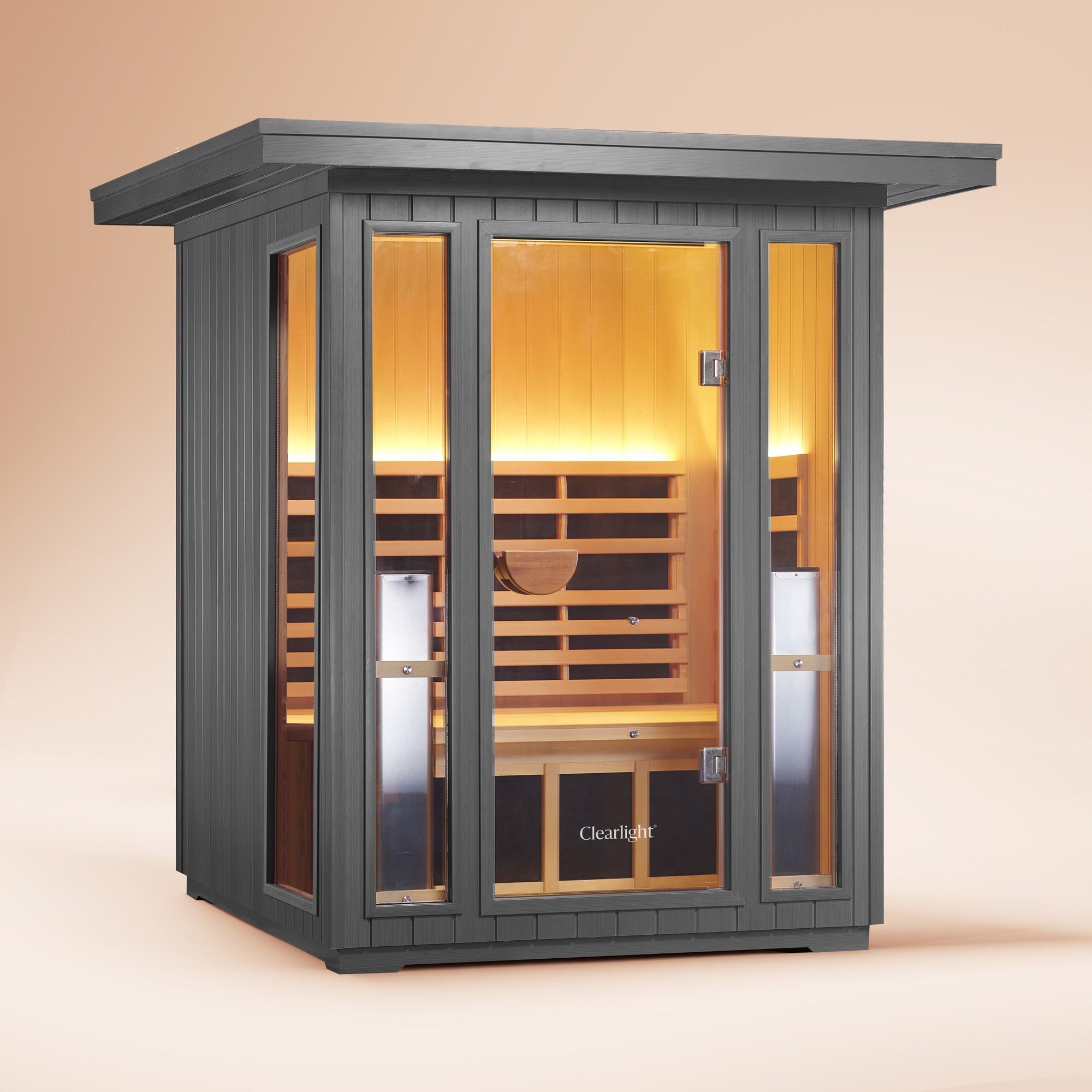
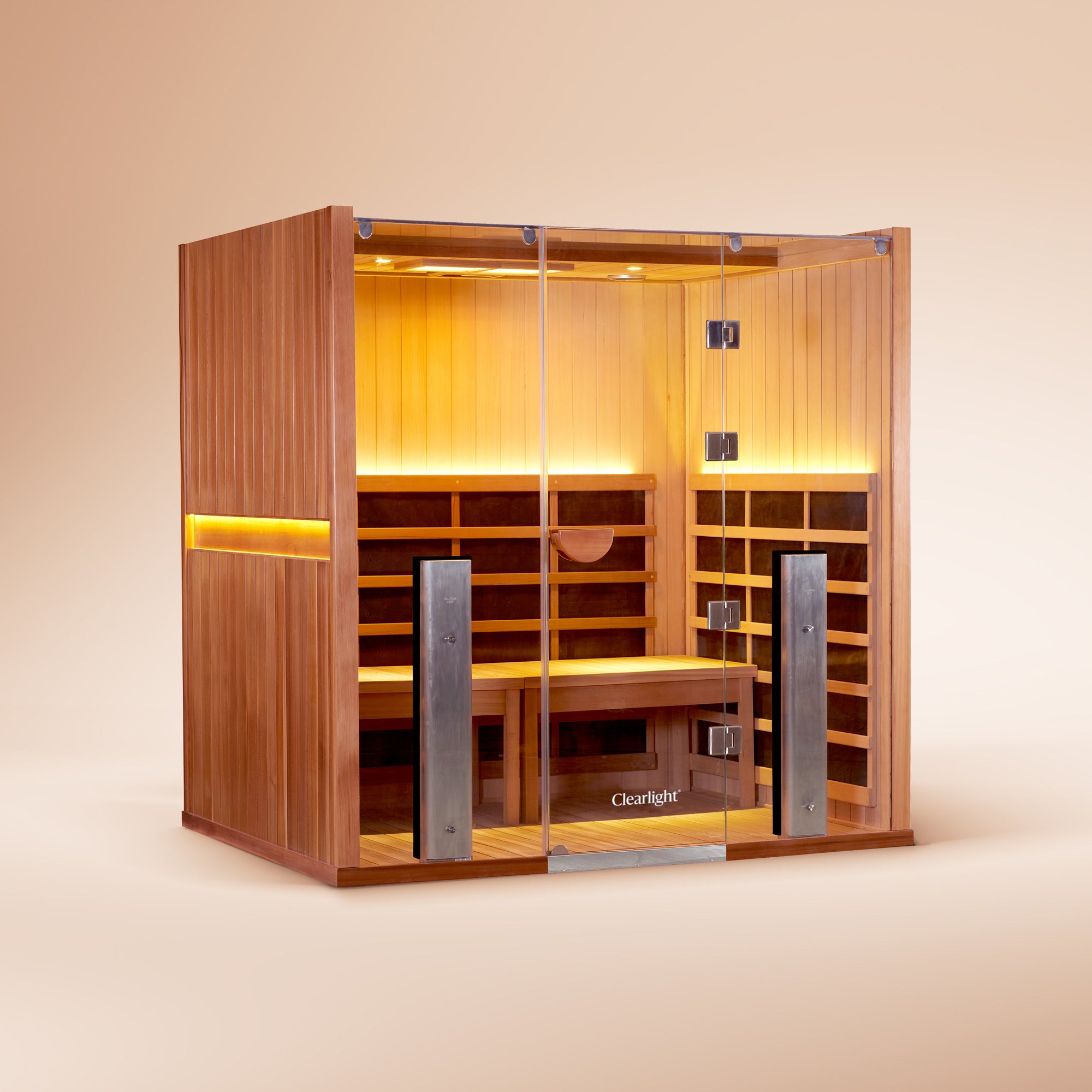
Does An Infrared Sauna Reduce Inflammation?
Do Sauna Suits Work - Help You Lose Weight?